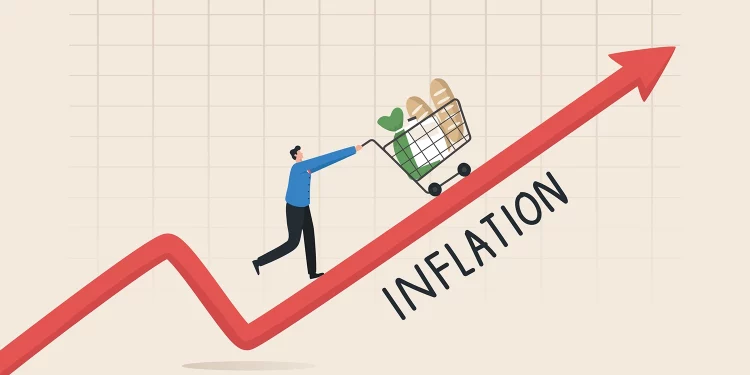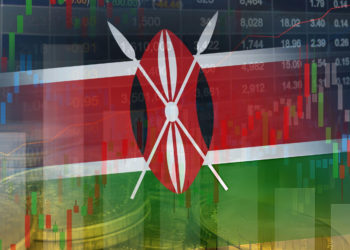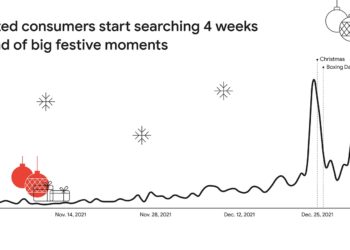The prices of food, electricity, fuel, and other household commodities have increased in recent months, with many citizens feeling the pinch of the skyrocketing prices of essential commodities.
The high cost of living has had a significant impact on the economy and the livelihoods of Kenyans.
According to the recently released consumer price (CPI), index data by the Kenya National Bureau of Statistics (KNBS), inflation for the month of February hit 9.2%, higher than January’s cost of living measure of 9.0%.
The latest figures point to tough times ahead even as millions of Kenyans have had to squeeze their household budgets to afford basic commodities that have become more expensive compared to last year.
Read: Living Cost Soars as Inflation Rate Hits 9.6 Percent
The rise in prices has been attributed to various factors, including the COVID-19 pandemic, which has disrupted supply chains and caused inflation across the globe. Other factors include increased taxes, fuel prices, and the depreciation of the Kenyan shilling against major currencies.
Food prices have also been a major contributor to the rising cost of living in Kenya. According to the Food and Agriculture Organization (FAO), the price of maize, a staple food in Kenya, increased by 25% in January 2023 to retail at Ksh 200.
This is a hike from Ksh 160 retail prices recorded in the same period last year. The price of other basic commodities such as milk, sugar, and cooking oil has also gone up significantly, making it difficult for many Kenyans to afford a decent meal.
The poverty rate in Kenya stood at 33.4% in 2022, according to the World Bank report, and could be worse in 2023 following the declining purchasing power of most consumers. Many families in Kenya are living below the poverty line and thus unable to access basic needs such as food, shelter, and healthcare.
The situation has been worsened by the COVID-19 pandemic, which has led to the loss of jobs and income for many Kenyans.
Email your news TIPS to editor@thesharpdaily.com
















